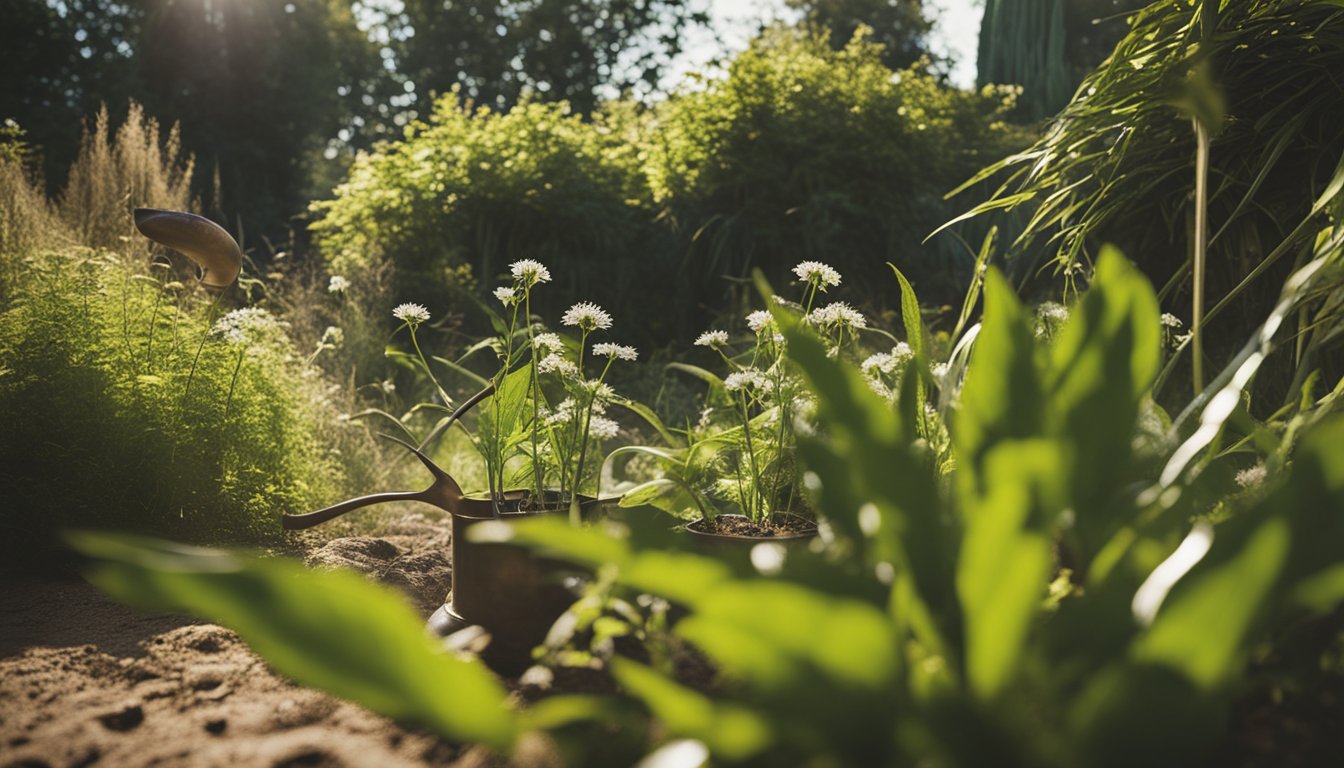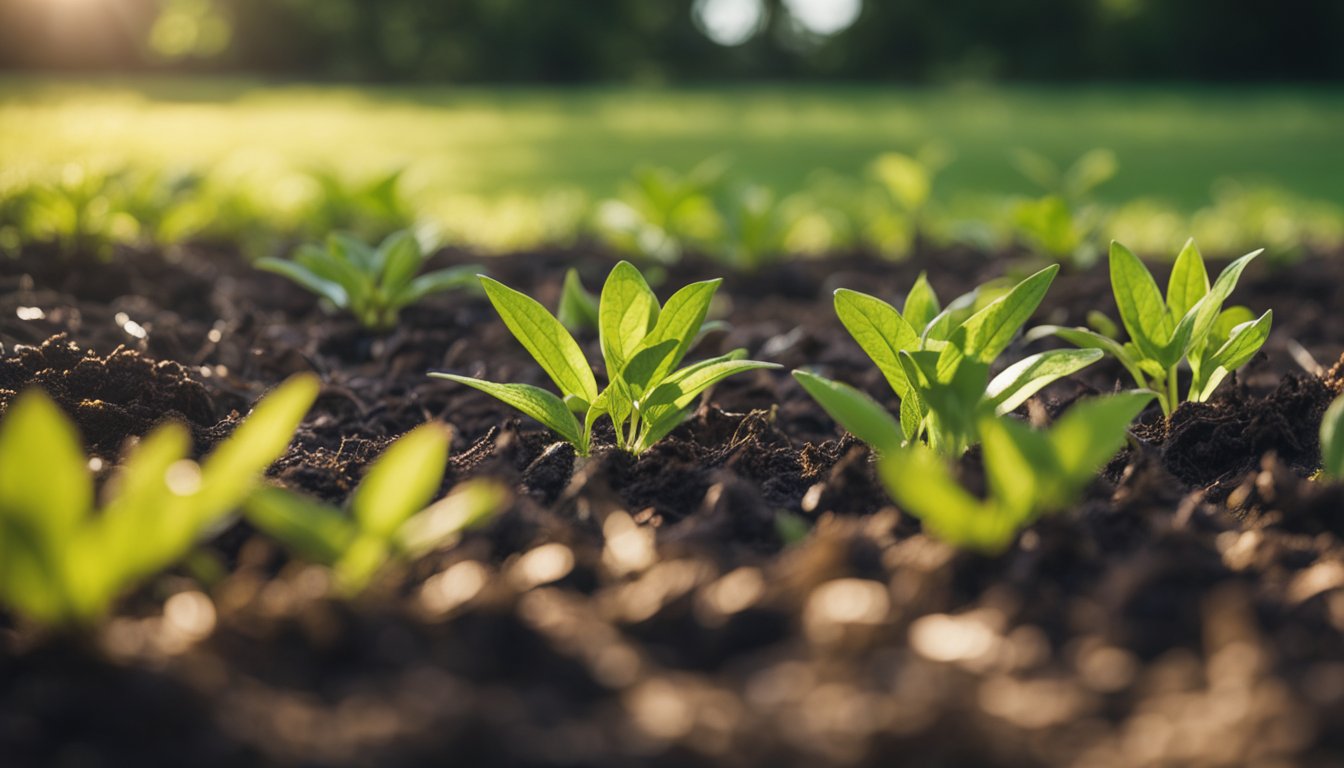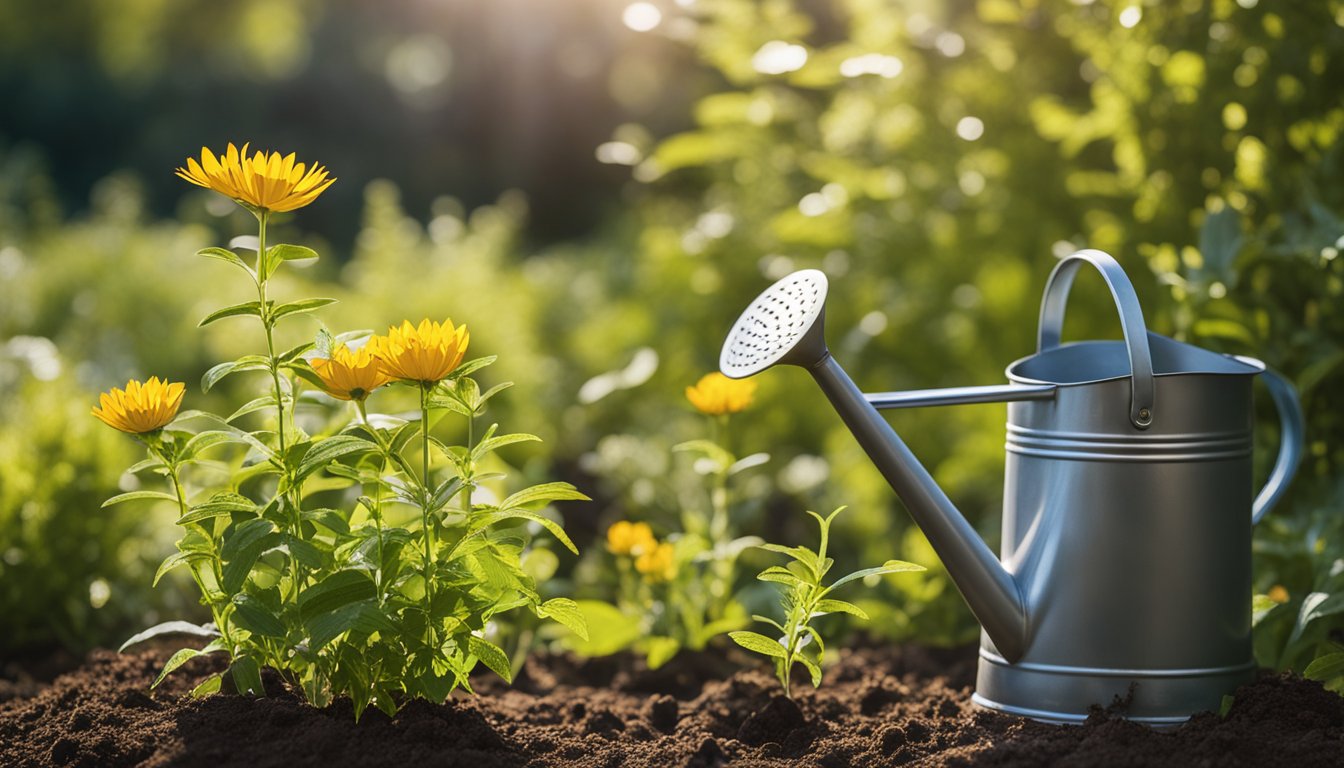Late updated: 04 Aug 2024 09:08
Written by: Emily Thornton
Caring For Native UK Plants During Heatwaves: Essential Tips and Strategies
As heatwaves become increasingly common in the UK, our native plants can face significant stress. Ensuring they not only survive but thrive during these extreme conditions requires specific care and attention. Native UK plants are generally well-adapted to local climates, but prolonged periods of intense heat can still pose challenges.

Our approach to gardening must shift when the temperature soars. One vital strategy is using mulch to protect soil from direct sunlight and reduce evaporation. Additionally, watering should be timed perfectly; early morning or late evening ensures minimal water loss due to evaporation, allowing the plants to absorb what they need.
During heatwaves, it’s also crucial to provide shade for vulnerable plants. This can be done by moving container plants to shadier spots or creating temporary shelters for those rooted in the ground. By implementing these practical steps, we can help our gardens withstand the relentless heat and continue to flourish.
Key Takeaways
- Use mulch to shield soil and conserve moisture.
- Water plants early in the morning or late in the evening.
- Provide additional shade for vulnerable plants.
Understanding Heatwaves and Their Impact on Flora
Heatwaves can pose significant challenges to native UK plants, affecting their physiological processes and survival. We need to recognise the signs of heat stress and understand the science behind heatwaves to mitigate their impact.
Recognising the Signs of Heat Stress in Plants
Native UK plants exhibit specific symptoms when subjected to heat stress. Leaves may wilt, scorch, and curl due to high temperatures and low humidity.
Reduced photosynthesis is another common sign, often evidenced by yellowing leaves. Browning edges indicate that cells are dying from intense sun exposure. Some species might drop leaves in an attempt to reduce water loss during the peak summer heat.
Water management plays a crucial role during these times. Soil that appears dry and hard can further complicate plants' ability to absorb water. Regularly checking soil moisture and providing adequate irrigation can help maintain plant health.
The Science of Heatwaves: Causes and Effects
Heatwaves typically occur when high pressure systems trap warm air over a region, leading to prolonged periods of elevated temperatures. In the UK, this can mean several consecutive days of intense heat, often exacerbated by drought conditions.
High temperatures can disrupt plants' normal physiological processes. For instance, heatwaves can hinder photosynthesis, causing a reduction in plant growth and productivity. Evaporative cooling is a natural mechanism plants use to cope, but its efficiency decreases if there's insufficient water.
Hot weather also affects soil moisture levels. Dry soil makes it difficult for plants to take up water, increasing the likelihood of drought stress. Understanding these mechanisms helps us take appropriate measures to care for native flora during extreme conditions.
Best Practices for Plant Care During Intense Heat

Caring for native UK plants during heatwaves involves managing water effectively, providing shade, maintaining soil health, and choosing heat-resilient plants. Each strategy helps ensure the plants remain healthy and stress-free in extreme conditions.
Water Management: Techniques and Timing
Managing water effectively is critical in intense heat. We should water plants early in the morning or late in the evening to minimise evaporation. Using a deep watering method ensures that water reaches the roots. A moisture meter can help us avoid overwatering.
For potted plants, it's essential to check whether the water drains well. Plastic containers retain water longer than terracotta pots, so these may need less frequent watering. Investing in a water butt can be both sustainable and convenient for gardeners.
Shade Solutions and Sun Protection Strategies
Protecting plants from direct sunlight is key. Shade cloths or garden shades can be placed strategically to provide relief from the sun's intensity. We can repurpose materials like old bed sheets for a canopy effect. Moving container plants to shadier spots, especially during the hottest part of the day, can make a significant difference.
Indoor plants should be kept away from windows that receive direct sunlight. We should be mindful of giving indoor plants gentle TLC during heatwaves, as they can be affected just as much as outdoor plants.
Soil and Mulching: Keeping the Roots Cool
Mulching is an effective way to retain soil moisture and keep roots cool. Apply a layer of organic mulch, such as compost or straw, around the base of the plants. This shields the soil from evaporation and helps maintain steady, cool temperatures.
It's also important to regularly check the soil moisture. We can use a moisture meter to ensure the soil isn't too dry or too saturated. Mixing in compost can help improve soil structure and moisture retention, providing a better environment for the roots.
Choosing and Managing Plants for Heat Resilience
Selecting the right plants is crucial. Drought-tolerant plants can withstand heat better and require less water. These plants include certain species of grasses, herbs, and succulents. Grouping plants with similar water needs together can help create an efficient watering schedule.
Pruning should be avoided during heatwaves. This process can stress the plants further and limit their ability to photosynthesize. Instead, focus on providing TLC to vegetables and other heat-sensitive plants by ensuring they have adequate shade and moisture.
By adopting these practices, we can help our native UK plants thrive even during the most intense heatwaves.
Frequently Asked Questions

Caring for native UK plants during heatwaves requires specific techniques in watering, shading, and soil management. Recognising signs of heat stress and using mulch effectively can help maintain plant health in extreme temperatures.
What are the best practices for watering native UK plants during a heatwave?
It's essential to water deeply and frequently. We should aim to water plants in the early morning or late evening to prevent rapid evaporation. Checking the top one or two inches of soil can help determine when it's time to water.
How can one protect UK garden plants from damage caused by high temperatures?
Moving container plants into the shade can prevent them from drying out. Using canopies or even sheets on bamboo poles can provide necessary shelter for vulnerable plants. These actions help reduce direct exposure to the sun's rays.
Are there specific shade techniques to employ for native plant species in the UK when the temperature soars?
We can use various shading methods, such as deploying shade cloths or creating temporary shelters with household items like old bedsheets and poles. Positioning these structures strategically will shield plants from the peak sun hours.
How does one manage soil moisture for optimal plant health during unusually hot conditions?
Mulching plays a crucial role in managing soil moisture. Adding a layer of mulch helps retain water and keeps the soil cool. Regular soil checks ensure we're maintaining adequate moisture levels to support plant health.
What signs should I look for to indicate heat stress in indigenous UK plant varieties?
Common signs of heat stress include wilting, yellowing leaves, and stunted growth. Plants might also appear dull or less vibrant than usual. Immediate action, such as providing more water and shade, can mitigate these symptoms.
Can mulching benefit UK native plants in sustaining health through a period of extreme heat?
Mulch is invaluable during heatwaves. It not only retains soil moisture but also helps supply nutrients like nitrogen. This dual benefit ensures that our plants are both hydrated and nourished, improving their resilience against high temperatures.
